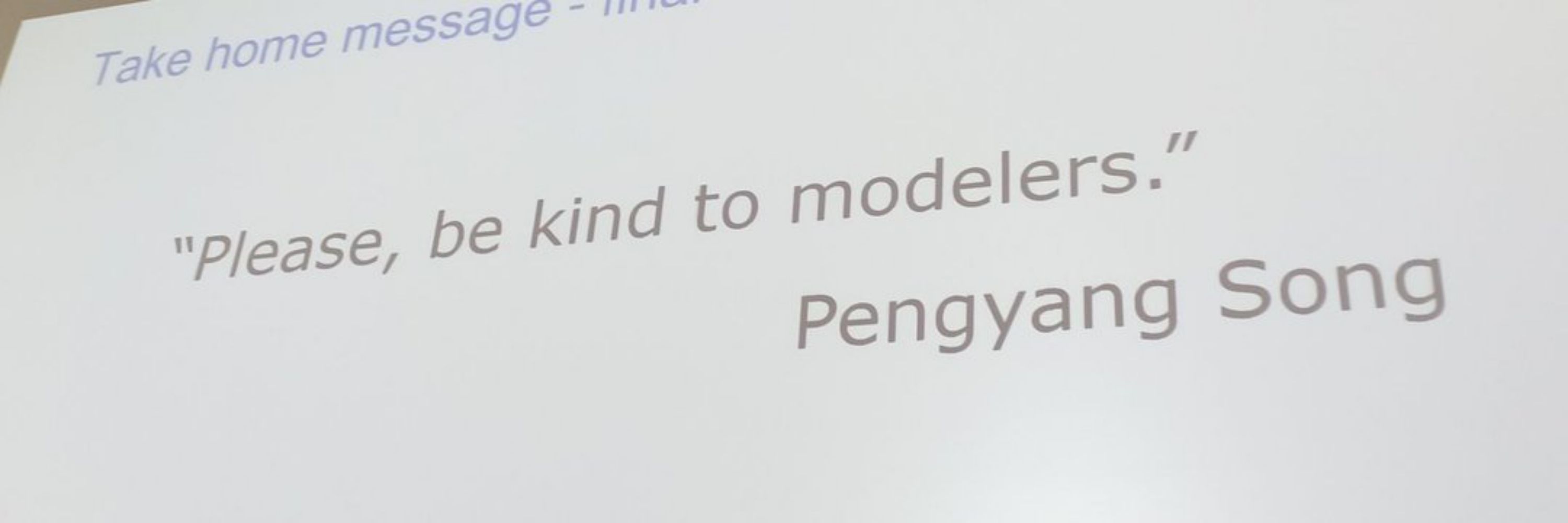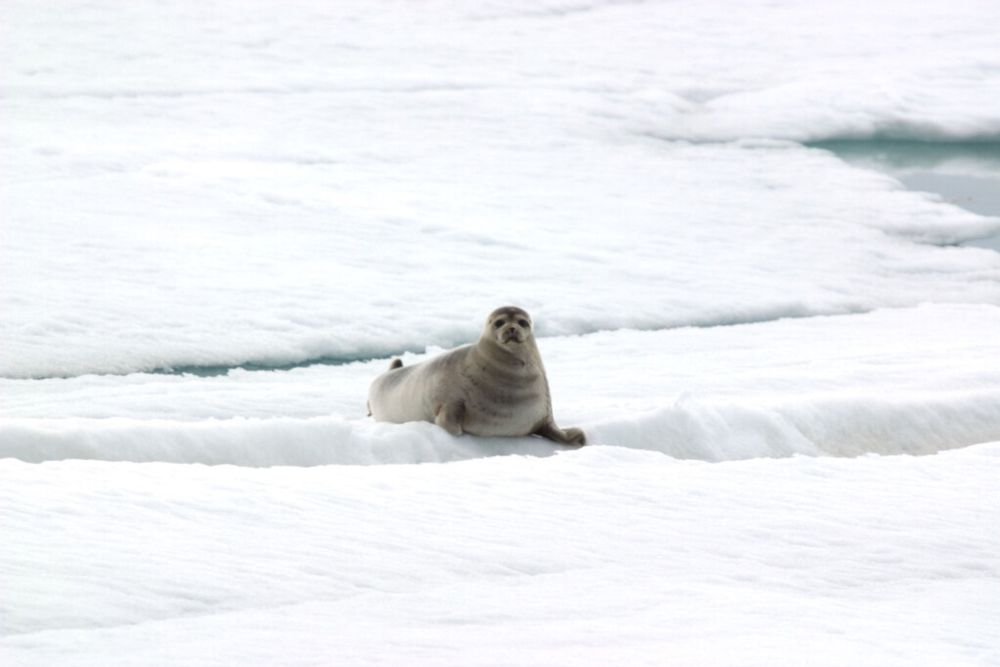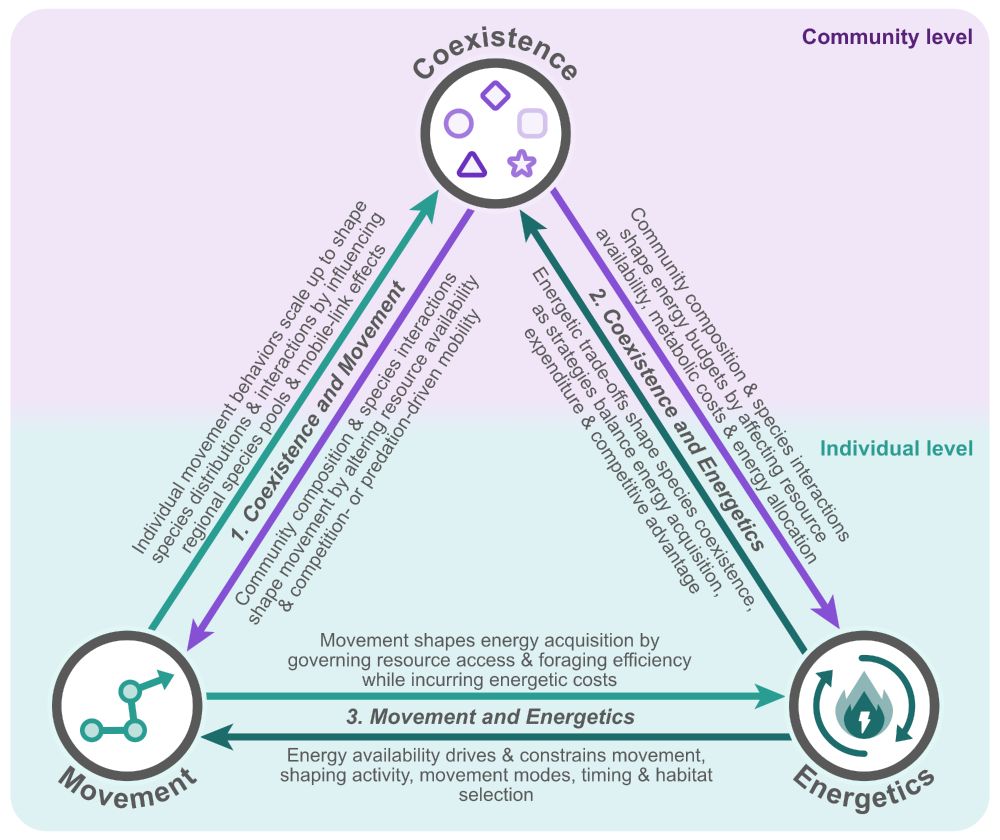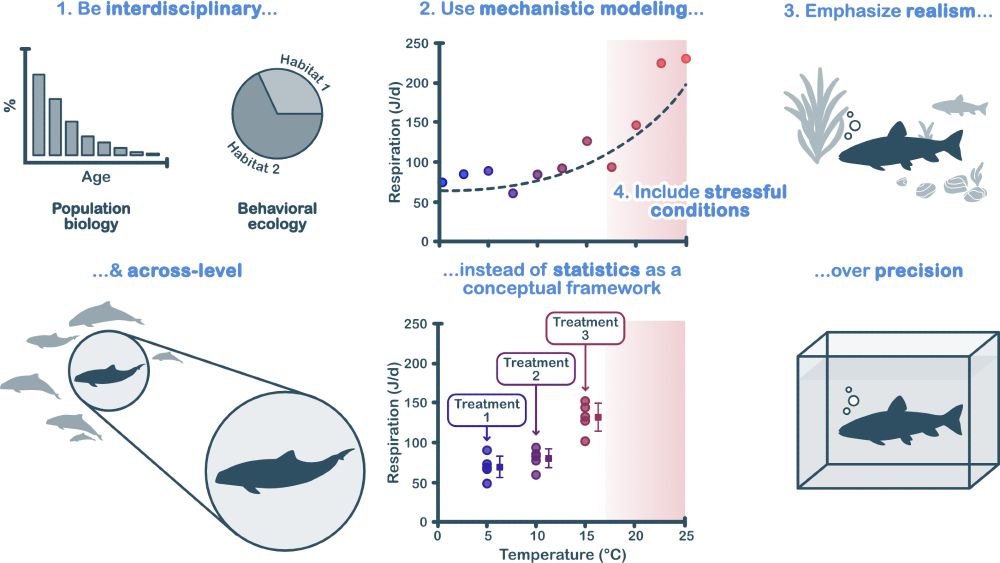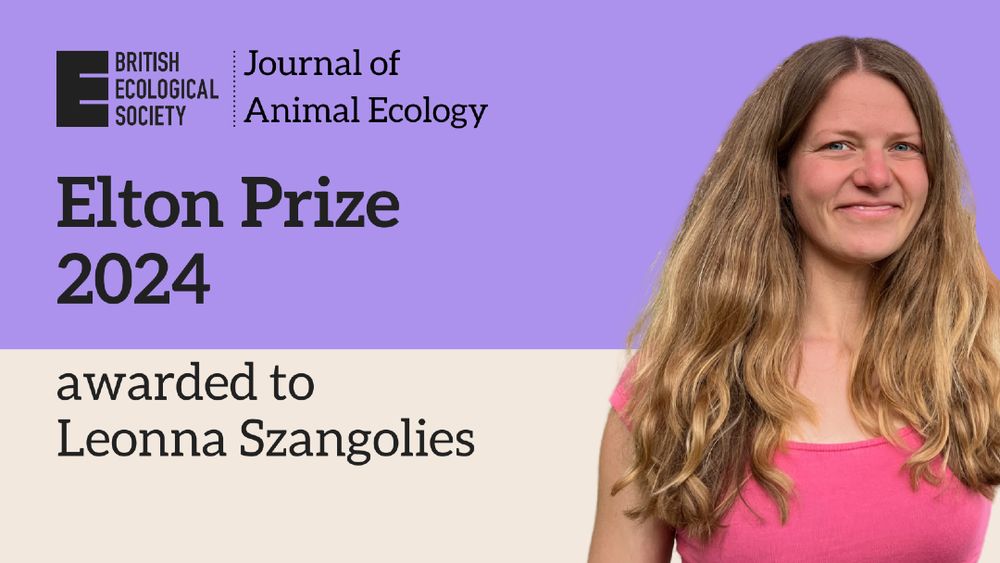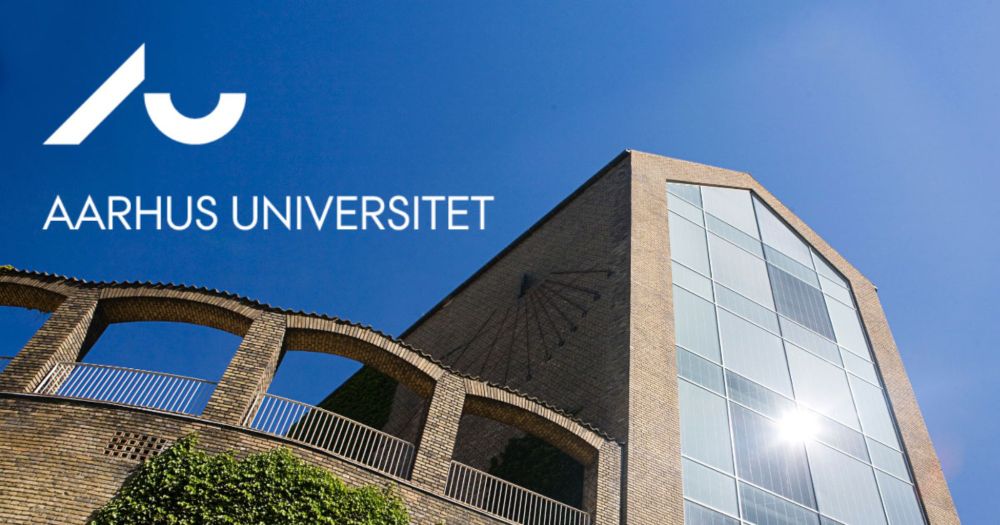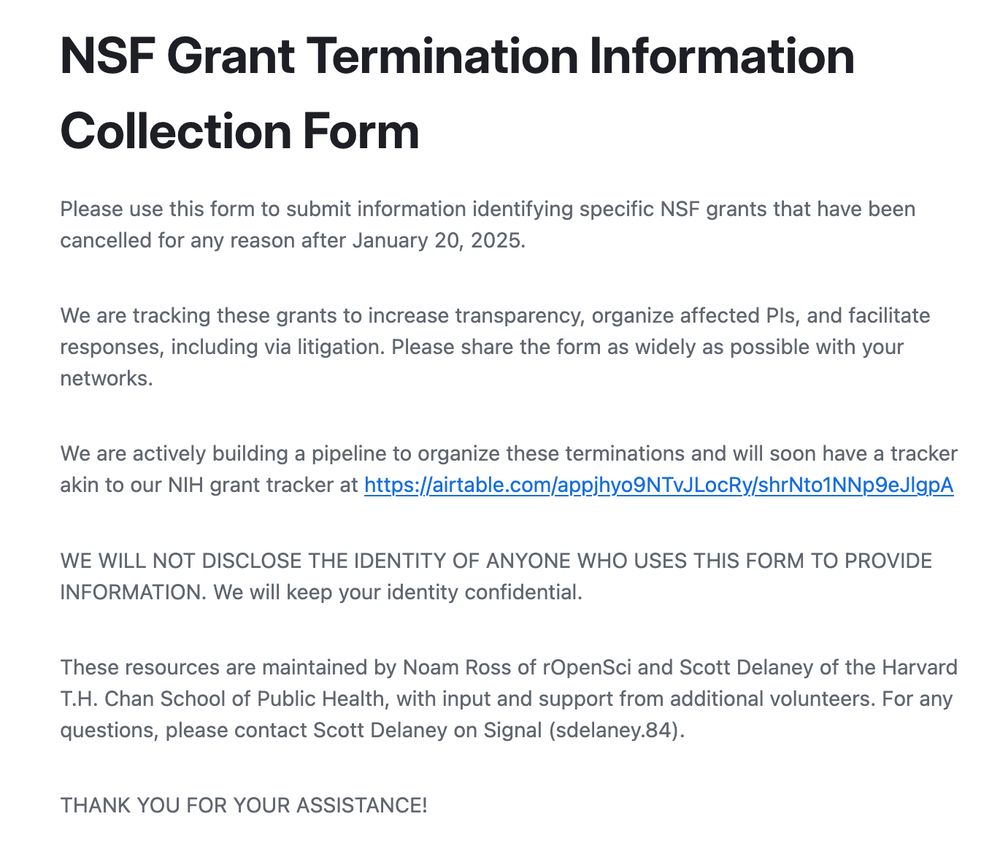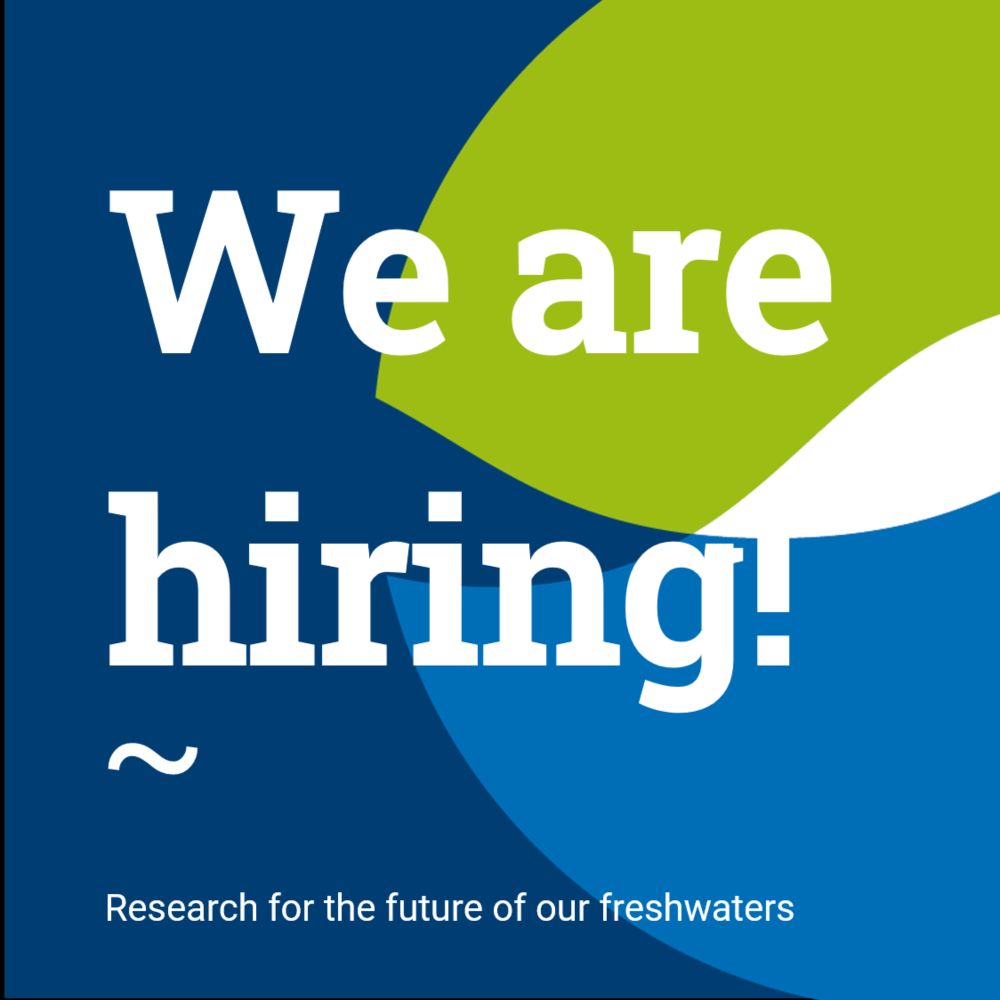Cara A Gallagher
@caragallagher.bsky.social
620 followers
1.2K following
9 posts
Human girl - Ecomodeller - Tenure Track Researcher @aarhusuni.bsky.social - Prev. postdoc @ Uni Potsdam - Energetics, behavior, & agent-based modelling ⚡🐾🖥️ - Graphic art enthusiast 🖌️ - Editor @ibe.pensoft.net & Movement Ecology
Posts
Media
Videos
Starter Packs
Reposted by Cara A Gallagher
Reposted by Cara A Gallagher
Reposted by Cara A Gallagher
Mathieu Buoro
@matbuoro.bsky.social
· Jun 13

IBASAM: a spatially explicit demo-genetic individual-based model for anadromous salmonids (meta)populations
To improve our understanding and management of species’ response to environmental and anthropogenic changes, there is a critical need for integrative modeling approaches that encompass demographic, ec...
ibe.pensoft.net
Reposted by Cara A Gallagher
Reposted by Cara A Gallagher
Reposted by Cara A Gallagher
Reposted by Cara A Gallagher
Reposted by Cara A Gallagher
Reposted by Cara A Gallagher
Reposted by Cara A Gallagher
Reposted by Cara A Gallagher
